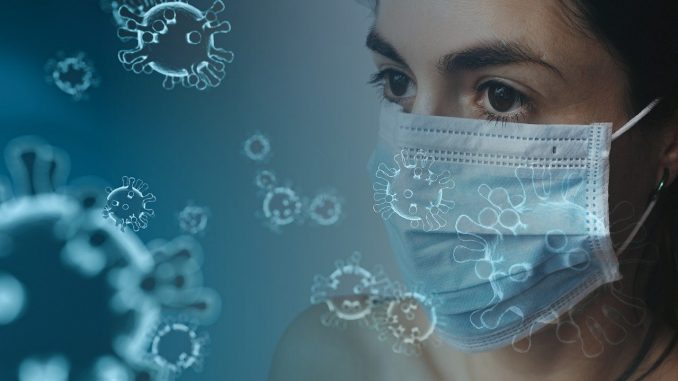
A virus is a microorganism that cannot propagate or spread on its own. Instead, the virus must have access to living cells of, for example, a human and reproduce from there.
The result when a virus gets attached to the body is that an infection occurs, such as when you get a cold, flu or winter sickness. It is possible to vaccinate against some viruses and against some there are medicines, but they cannot be treated with antibiotics.
What are bacteria?
A bacterium is larger than a virus and is a single-celled organism. It can proliferate and spread on its own and can survive and divide outside living cells, for example on a door handle. Bacteria cause, just like virus infections in the body, but these can be treated effectively with antibiotics (eg penicillin).
Many infections also heal completely without medication. Some diseases caused by bacteria are salmonella, streptococci, and chlamydia. Bacteria in a particular form are also found naturally in the body, for example in the stomach, intestines, and mouth, where they protect against external bacteria that try to enter the body.
How do viruses and bacteria spread?
Viruses and bacteria can spread similarly, but different viruses and bacteria can have different high infectious risks. For example, the winter sickness (Calicivirus) spreads very easily between people.
Some of the most common ways that infection is spread are: direct contact between a sick person and a healthy person when they touch, touch or kiss each other. It is common for skin infections such as piglets to spread through direct contact infection.
Indirect contact, for example, via a door handle. How contagious the contact surfaces are depended, among other things, on the type of virus/bacterium, humidity and how many people have touched the surface.
The infection gets into the body by a healthy person first touching the infected surface and then at one of the body’s mucous membranes.
Drip infection, that is, an infected person coughs, vomits or sneezes so that small droplets are spread over a large area. The droplets contain virus particles that either end up in the eyes or mouths of healthy people and thus enter the body directly, or land on their hands and are introduced into the body when the person pokes in the mouth, nose or eyes. The droplets can also fall on objects and surfaces which can then cause indirect contact infection.
Airborne infection, which is really a kind of prolongation of drip infection. When a sick person coughs, sneezes or vomits and the droplets spread in the air, they can sometimes remain in the air for a long time, be carried away through ventilation or moved with floor dust that swirls up. Healthy people breathe in the particles and become infected, even though several hours have passed. This is especially common in vomiting diseases.
Other types of infection are blood-borne infection, insect-borne infection and intestinal infection. The most effective way to avoid all these types of infections is to wash your hands frequently and carefully, avoid touching your face as well as avoiding close contact with sick people.
Leave a Reply